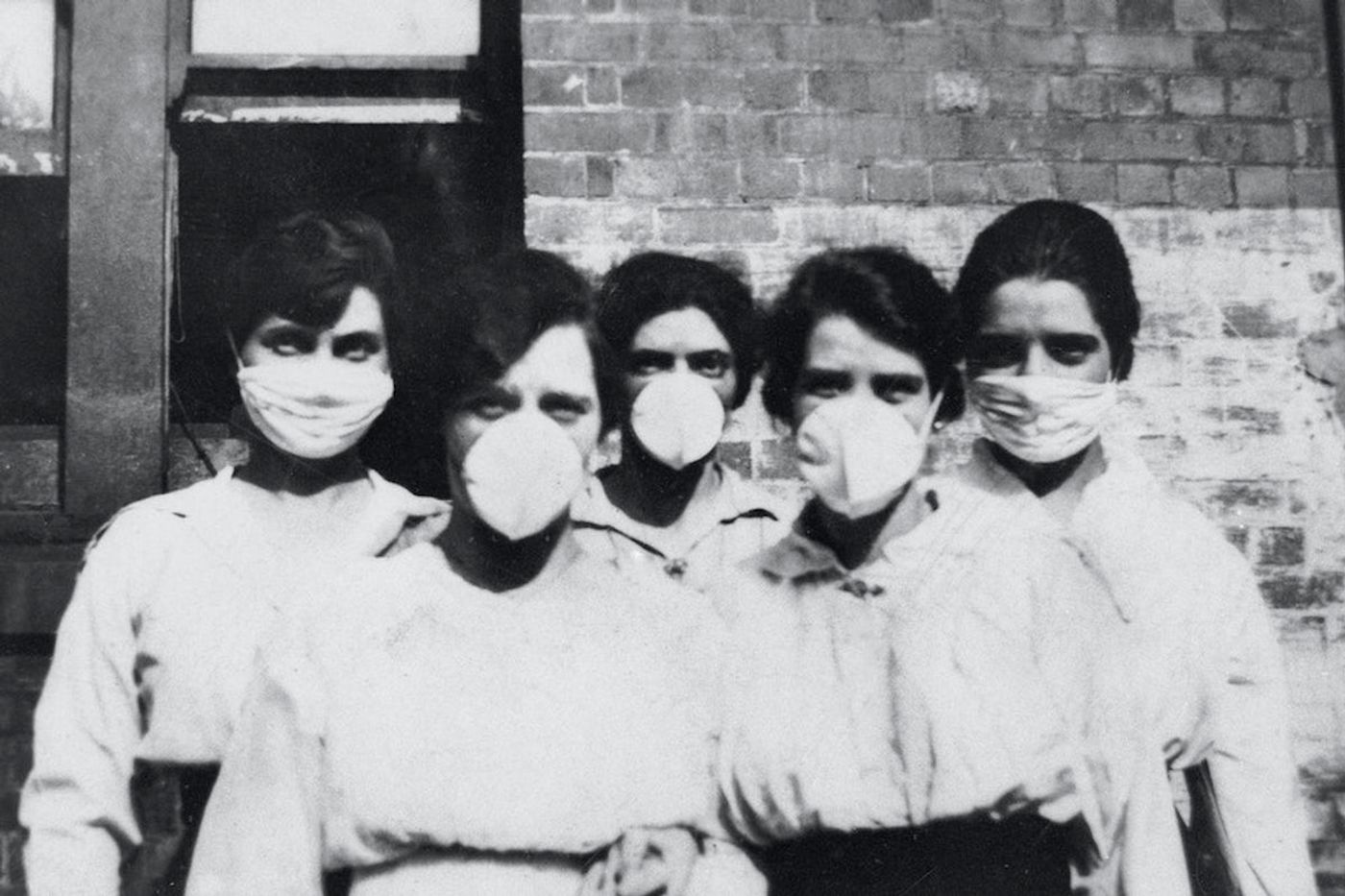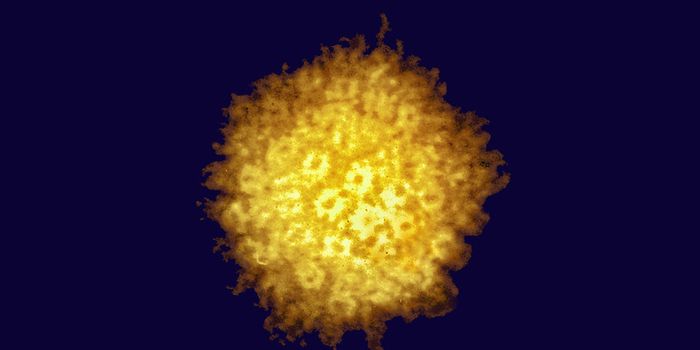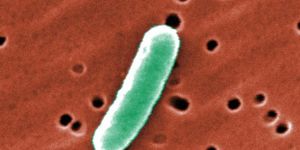A Brief History of the 1918 Pandemic Flu
The 1918 pandemic flu was caused by a variant of the HIN1 strain of the influenza virus, and its genome shows that it probably originated in a bird. While most influenza strains have a case fatality rate that's around 0.1 percent (one in 1,000) the 1918 flu fatality rate was around 2.5 percent (25 in 1,000). About 500 million people were infected with cases that caused symptoms, at the time that was roughly a third of the global population. The death estimates range from 50 to 100 million people.
As we experience the current pandemic it's easy to understand why these estimates have such wide ranges, especially considering that testing at the time relied on the basic techniques that were available - there were no antibody or PCR tests back then. It took scientists years to prove that it was an influenza virus that had been so deadly. Once influenza viruses were isolated in the 1930s, the question was resolved.
There has been no definitive answer to the question of where the 1918 flu came from. It spread in three distinct waves that all occurred simultaneously in North America, Europe, and Asia over a twelve-month period from 1918 to 1919.
The first wave is thought to have started in March 2018 in the United States, where many people in military camps became sick as the first World War was winding down. The nation and government didn't pay much attention to this epidemic of flu, and there was virtually no response to it.
But that was rapidly followed by a second wave that was far more deadly in the fall, and then a final wave in the winter before the pandemic ended. It has been suggested that the second wave happened when the flu was brought back into the US from Europe as soldiers and war supplies were being sent to Boston. The next wave occurred as people were celebrating the end of the war in large gatherings and parades.
The impact of the epidemic was bad enough that life expectancy in the United States dropped by ten years.
While people knew about the pathogenicity of microbes, and that respiratory droplets were probably transmitting the illness, little was known of viruses. Medicine wasn't nearly as advanced then, of course, but people had to resort to what they knew would work (just as we have to now). They called it 'crowding control,' according to Virginia Tech history professor E. Thomas Ewing, but they also used social distancing to stop the spread of the virus.
"As with all pandemics, in 1918 you had a tension between biological reality and socioeconomic reality," said Carolyn Orbann, a medical anthropologist at the University of Missouri, in Columbia. "Biology is not changeable. But behavior is. So yes, social distancing was absolutely a thing in 1918, and where it was practiced, it worked."
Researchers have also analyzed the very different approaches to the 1918 pandemic that different US cities took. Some closed schools whole others didn't, some made masks mandatory while other places had no rules about them. Reporting in the Preceding of the National Academy of Sciences, investigators found that the cities with the earliest and most forceful lockdown had far lower death rates than those that did less at a later date.
The pandemic wound down because so many people had become infected that there was widespread immunity and those that weren't able to fight off the infection had died.
Research performed in 2008 has shown that the flu became so deadly because it cleared the way for bacterial pneumonia in the lungs; the virus was not acting on its own in many cases.
At the time, the co-author of the study, NIAID Director Anthony S. Fauci, M.D. noted that "The weight of evidence we examined from both historical and modern analyses of the 1918 influenza pandemic favors a scenario in which viral damage followed by bacterial pneumonia led to the vast majority of deaths. In essence, the virus landed the first blow while bacteria delivered the knockout punch."
There are case reports of bacterial pneumonia occurring during COVID-19 infections, but it does not appear to be a widespread complication. However, unless action is taken to control community spread in the United States, we may be confronting the prospect of the COVID-19 pandemic happening at the same time as a flu season.





![Master Lab Weighing: Accuracy, Compliance & Audits [eBook]](https://d3bkbkx82g74b8.cloudfront.net/eyJidWNrZXQiOiJsYWJyb290cy1pbWFnZXMiLCJrZXkiOiJjb250ZW50X2FydGljbGVfcHJvZmlsZV9pbWFnZV85MWRmZmRjMDIwNDBlMWJjMzYwN2ZiYWY2ZjI4ZGMzYzBmZGMwZGMyXzkxOTcucG5nIiwiZWRpdHMiOnsidG9Gb3JtYXQiOiJqcGciLCJyZXNpemUiOnsid2lkdGgiOjcwMCwiaGVpZ2h0IjozNTAsImZpdCI6ImNvdmVyIiwicG9zaXRpb24iOiJjZW50ZXIiLCJiYWNrZ3JvdW5kIjoiI2ZmZiJ9LCJmbGF0dGVuIjp7ImJhY2tncm91bmQiOiIjZmZmIn19fQ==)



